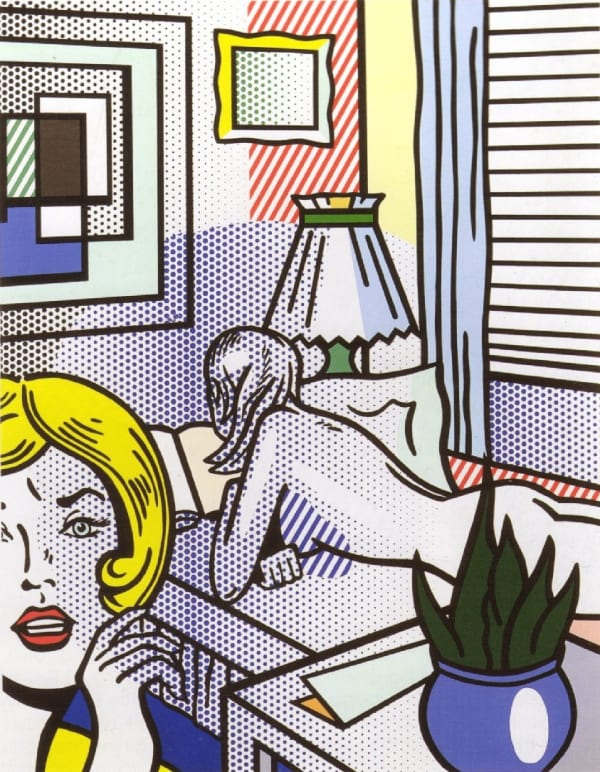Coskun Fine Art is a specialist Andy Warhol dealer, with one of the largest inventories of unique and editioned works in Europe. Our holdings span Warhol’s full career, from early icons such as Campbell’s Soup, Liz and Mao, to later series including Moonwalk, Reigning Queens, and Ladies and Gentlemen.
Alongside Warhol, the gallery also works with a carefully curated selection of Post-War and Contemporary artists whose practices shaped — and responded to — the visual language of the late 20th century. These include key Pop artists such as Roy Lichtenstein and Keith Haring, as well as figures associated with Neo-Expressionism, conceptual art, and modern sculpture.



